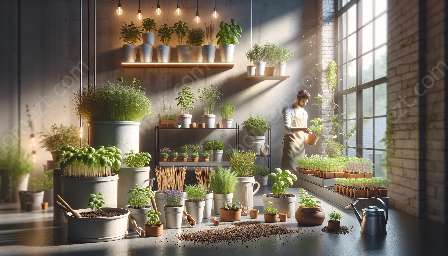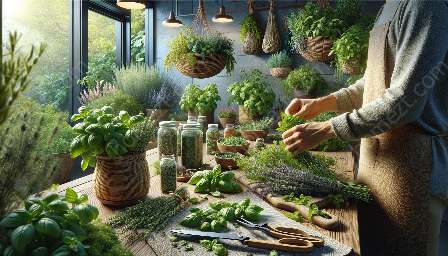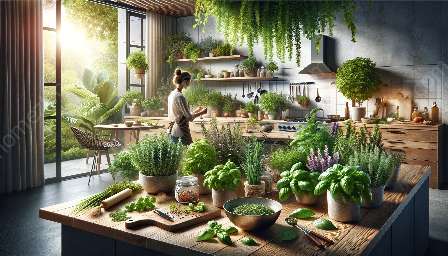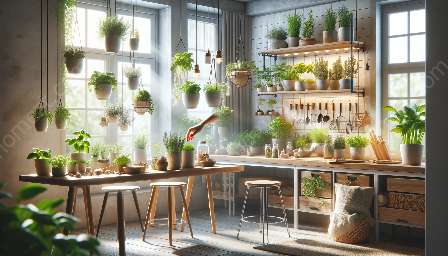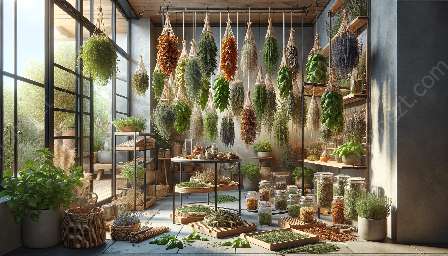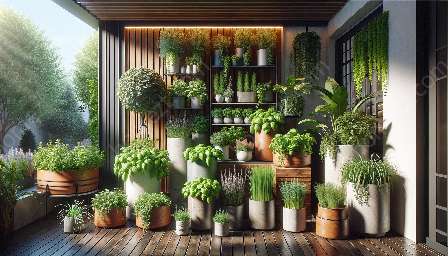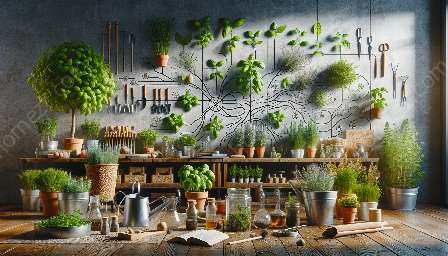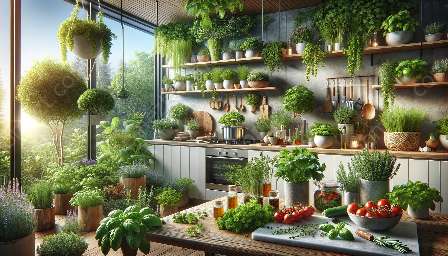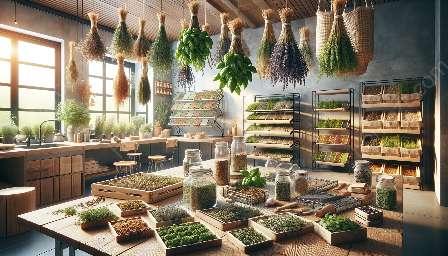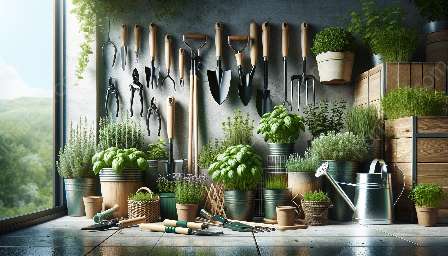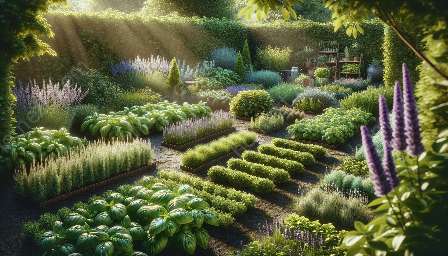Using herbs in cooking is an age-old practice that adds depth, flavor, and health benefits to your culinary creations. Whether you are using herbs from your home garden or sourcing them from the market, knowing how to maximize their potential can truly elevate your dishes. This guide will explore the art of using herbs in cooking, providing insightful tips and techniques that will help you make the most of your herb garden.
Understanding Your Herb Garden
Your herb garden can be a treasure trove of flavors waiting to be unleashed in your cooking. Before delving into the tips for using herbs, it is essential to understand the herbs you are growing and their individual characteristics. Some popular herbs often found in herb gardens include basil, parsley, thyme, rosemary, mint, and cilantro. Each herb boasts unique flavors and aromas that can complement a wide array of dishes.
Consider the growth habits and requirements of each herb as well. Some herbs thrive in full sun, while others prefer partial shade. Understanding these nuances will aid in planning and managing your herb garden effectively.
Maximizing Flavor with Fresh Herbs
When it comes to using herbs in cooking, nothing beats the freshness and potency of just-picked herbs from your garden. Fresh herbs have a vibrant flavor that can breathe life into your dishes. To best utilize fresh herbs, harvest them just before using them in your recipes. This ensures that their essential oils and flavors are at their peak.
Chopping fresh herbs correctly is also crucial. If you're adding herbs to a hot dish, finely chop them to release their flavors throughout the dish. In contrast, for cold dishes like salads or dressings, consider leaving the herbs coarsely chopped to retain their texture and visual appeal.
Experimenting with Dried Herbs
While fresh herbs are wonderful, dried herbs have a place in the kitchen as well. Dried herbs can be more potent than fresh and are excellent for long cooking times and infusing oils or vinegars. However, it is essential to understand that dried herbs have a stronger flavor, so use them sparingly. As a general rule, one teaspoon of dried herbs can replace one tablespoon of fresh herbs in a recipe.
Pairing Herbs with Foods
Understanding which herbs pair best with certain foods is the key to creating harmonious flavors in your dishes. For example, basil complements tomatoes beautifully, while rosemary enhances the flavor of roasted meats and vegetables. Experimenting with different herb and food combinations will give you a deeper understanding of flavor pairings, allowing you to create memorable meals.
Storing Herbs Properly
Preserving the freshness of herbs is crucial for maximizing their flavor potential. After harvesting or purchasing herbs, consider storing them in specific ways to prolong their shelf life. For delicate herbs like cilantro and parsley, wrapping them in a damp paper towel and storing them in a plastic bag in the refrigerator can keep them fresh for longer. Hardier herbs like thyme and rosemary can be stored in the fridge or dried for later use.
Exploring New Recipes
Lastly, don't be afraid to venture into new culinary territory by incorporating herbs into unique recipes. From herb-infused oils and vinegars to homemade pesto and herbal teas, there are countless ways to integrate herbs into your cooking. Allow your herb garden to inspire you and experiment with different combinations to unlock the full potential of using herbs in your culinary creations.



